Tapping deep into the lore, Wizards of the Coast has included several returning Magic: The Gathering mechanics that thematically fit within The Lord of the Rings: Tales of Middle-earth set, along with a new main one.
The Tales of Middle-earth set (LTR) set is Modern-legal, making it legal to play in Eternal formats like Commander as well. WotC designed a full set around the IP, which includes 281 regular cards, variant art cards worth money, and four preconstructed MTG Commander decks.
Every MTG mechanic in the LTR set
Returning mechanics featured in the set include Amass, forming an army of Orcs to Food tokens. The new main mechanic is “the Ring tempts you,” which will likely see play predominantly within the LTR Limited format and through some Commander decks.
Amass
Returning as an MTG mechanic is Amass, thematically tying an army of Orcs from Lord of the Rings into the mechanic. Various legendary creatures within the LTR set like Gothmog, Morgul Lieutenant synergize with the Amass mechanic, improving and strengthening your army of Orcs.
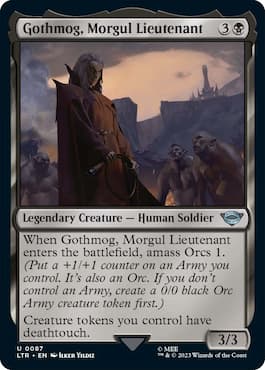
- Amass: Put “X” (the number stated) +1/+1 counters on an Army you control. It’s also an Orc. If you don’t control an Army, create a 0/0 Black Orc Army creature token first.
The Amass mechanic was first introduced to MTG through War of the Spark, highlighting zombie armies as opposed to Orcs. Amass was a powerful mechanic within the WAR Limited format and has the potential to pop off within the LTR Limited format as well.
Food
Hobbits love their food, whereas MTG players are divided on Food tokens. Thematically, the returning mechanic fits, showcasing legendary creatures like Samwise Gamgee, a Food token engine that also reanimates a historic card from your graveyard.
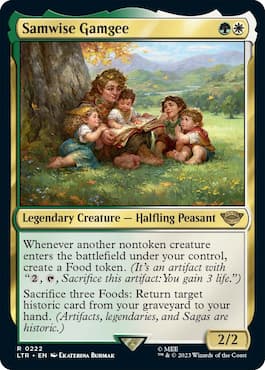
Similar to Amass, Food tokens are likely an LTR Draft archetype. The Food token theme was also applied to the Food and Fellowship Commander Precon deck.
What is Historic?
Historic refers to Artifacts, legendaries, and Sagas, not the MTG Arena digital format. The mechanic was first used in Dominaria as a way to group gameplay components together.
Sagas
Sagas return in the LTR set, with some of the Enchantments sporting a slightly different look. The Sagas don’t transform into creatures like they have in recent sets but do showcase more than three Chapters.
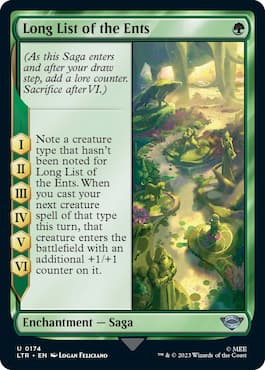
Many of the Sagas pay tribute to the songs sung in Lord of the Rings lore, telling a tale that benefits a player’s board state. The Long List of the Ents, for example, features a total of six Chapters, with each Chapter repeating the same ability.
Partner
Partner returns to the Commander format after first appearing in Commander 2016. The MTG mechanic allows players to have two commanders in the command zone simultaneously. Typically, only one legendary creature is allowed in the command zone in the format.
Both Partner cards synergize with one another. Frodo, Adventurous Hobbit, and Sam, Loyal Attendant, for example, work together in the Food and Fellowshinp Commander Precon deck. Sam makes the Food tokens while reducing the Artifacts activation cost while Frodo takes the Lifegain trigger off Food tokens getting sacrificed and applies it to the Ring tempts you mechanic.
Minor mechanics in the Lord of the Rings MTG set
As with most MTG sets, a few returning mechanics may show up sporadically throughout the 281 regular cards. And some may even appear in preconstructed Commander decks.
Treasure token
The Treasure mechanic is splashed throughout the LTR set, found on cards like Swarming of Moria. It is not a main mechanic.
Ward
Ward returns as well, tapping into the protective magic found in Lord of the Rings lore. The mechanic can show up on creatures or even an Enchantment, like Storm of Saruman from the LTR set.
The Ring tempts you
Getting tempted by The Ring is a main mechanic within the LTR set. It is found on a wide variety of creatures and characters from Lord of the Rings lore. There are no major downsides to the mechanic, but it was the best option as a way to play the mechanic, according to WotC.
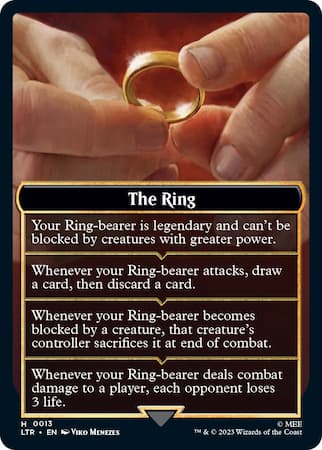
Related: How MTG Ring tempts players and why it’s designed that way
Similar to dungeons in AFR, players put an emblem called The Ring on the board upon first getting tempted. A Ring-bearer is then chosen with the first ability on The Ring applying to that Ring-bearer. Players can switch Ring-bearers when “the Ring tempts you,” while also unlocking the next ability on The Ring emblem. Previous abilities also apply.
Will of the council
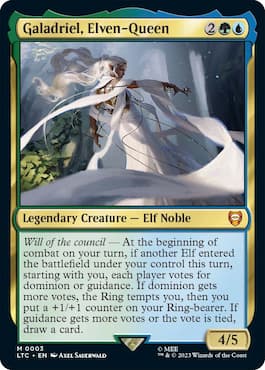
A sub-mechanic called Will of the council was included in the Elven council Commander Precon deck, found on Galadriel, Elven-Queen. It’s a political-based mechanic that doesn’t have a downside. All opponents choose either Dominion or Guidance, with Galadriel’s controller winning out either way.
All images via WotC.


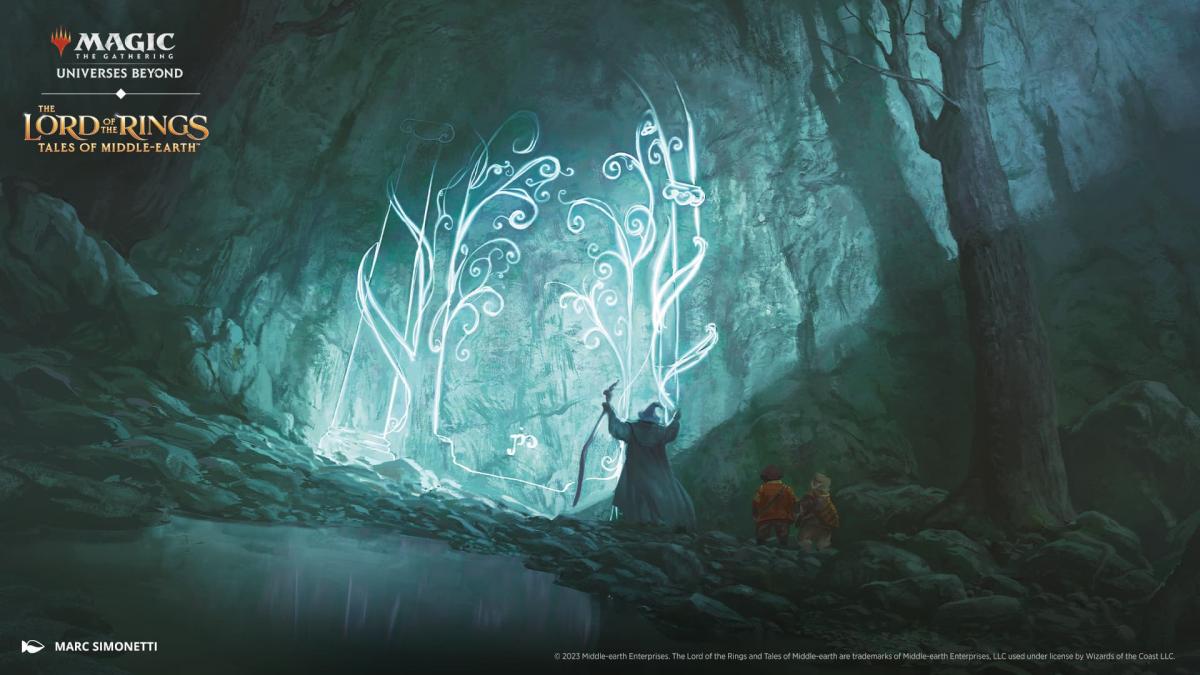
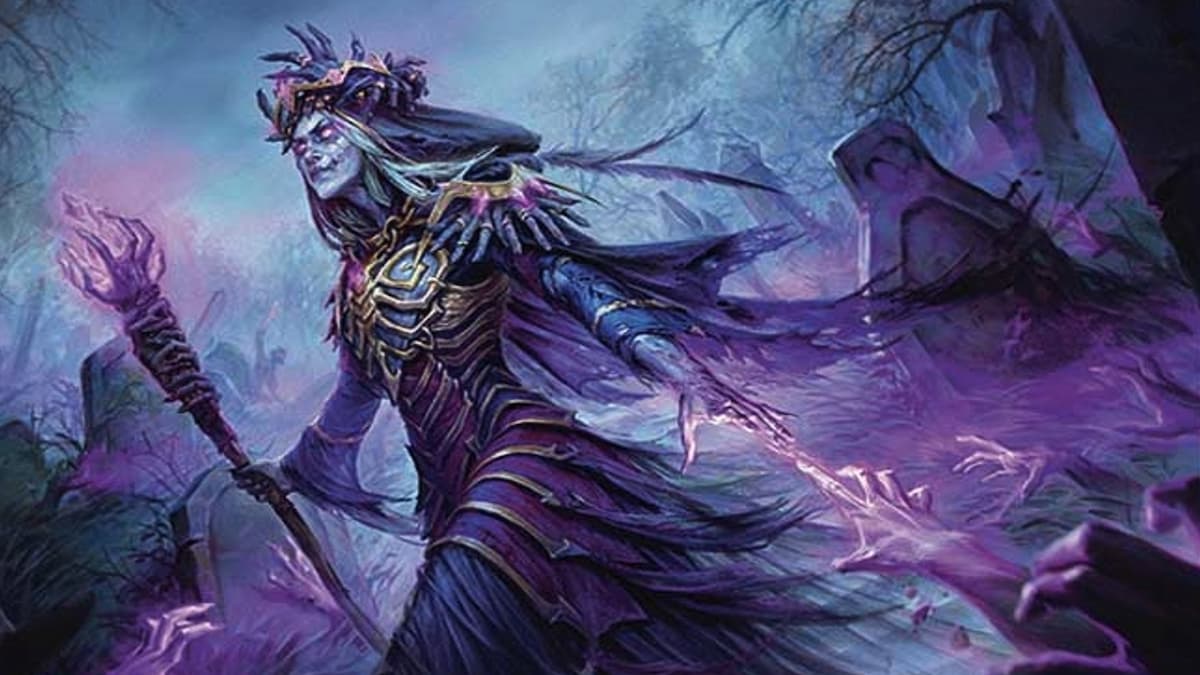
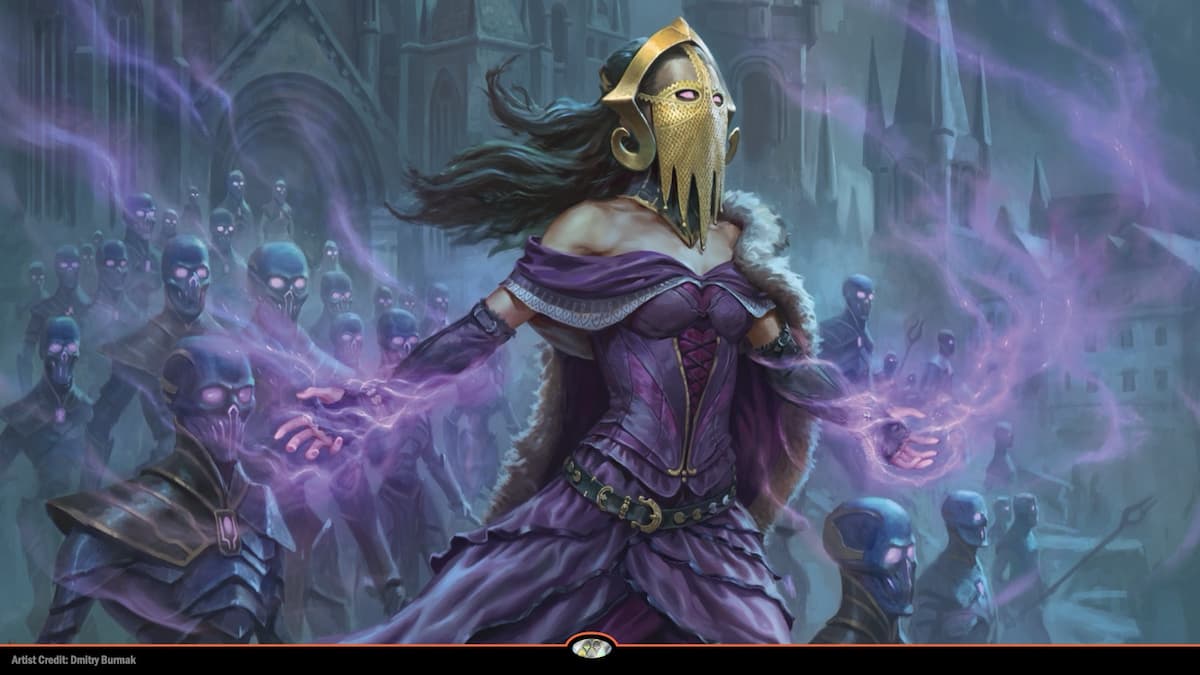
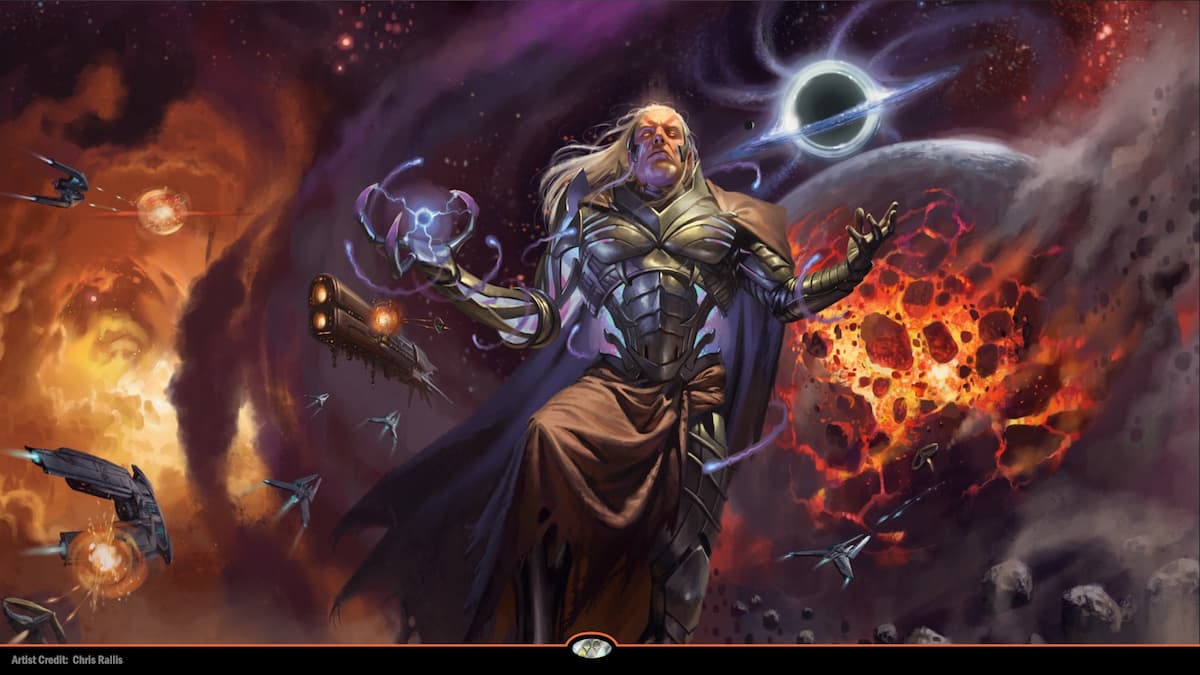


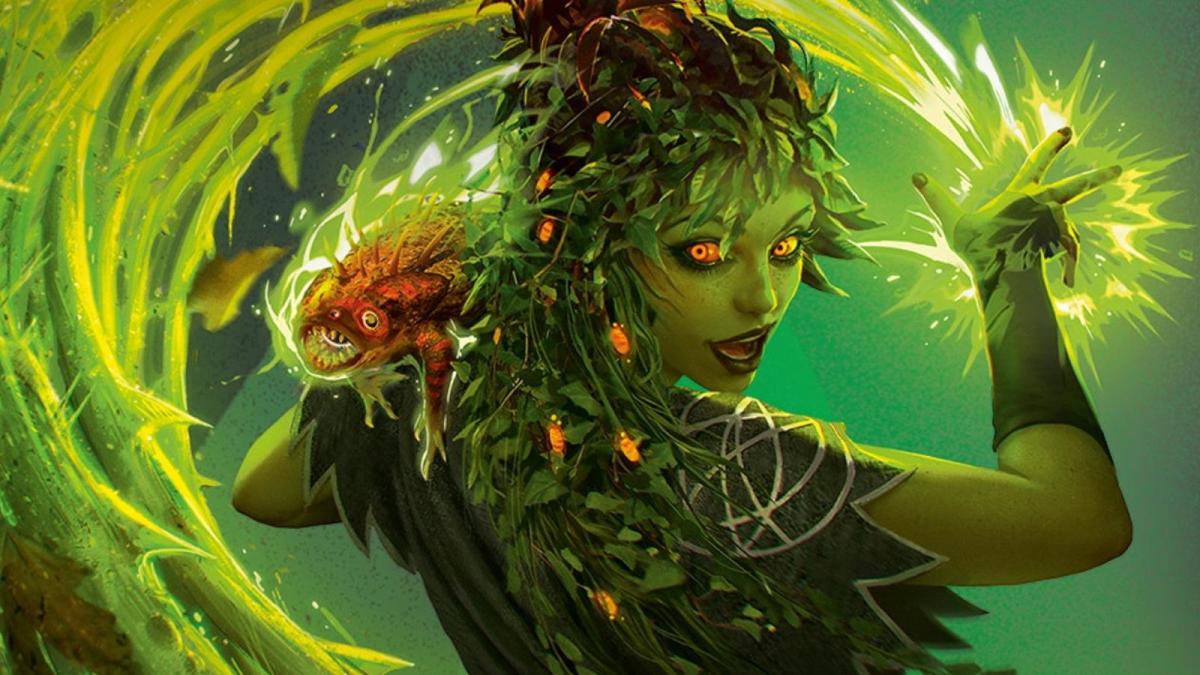
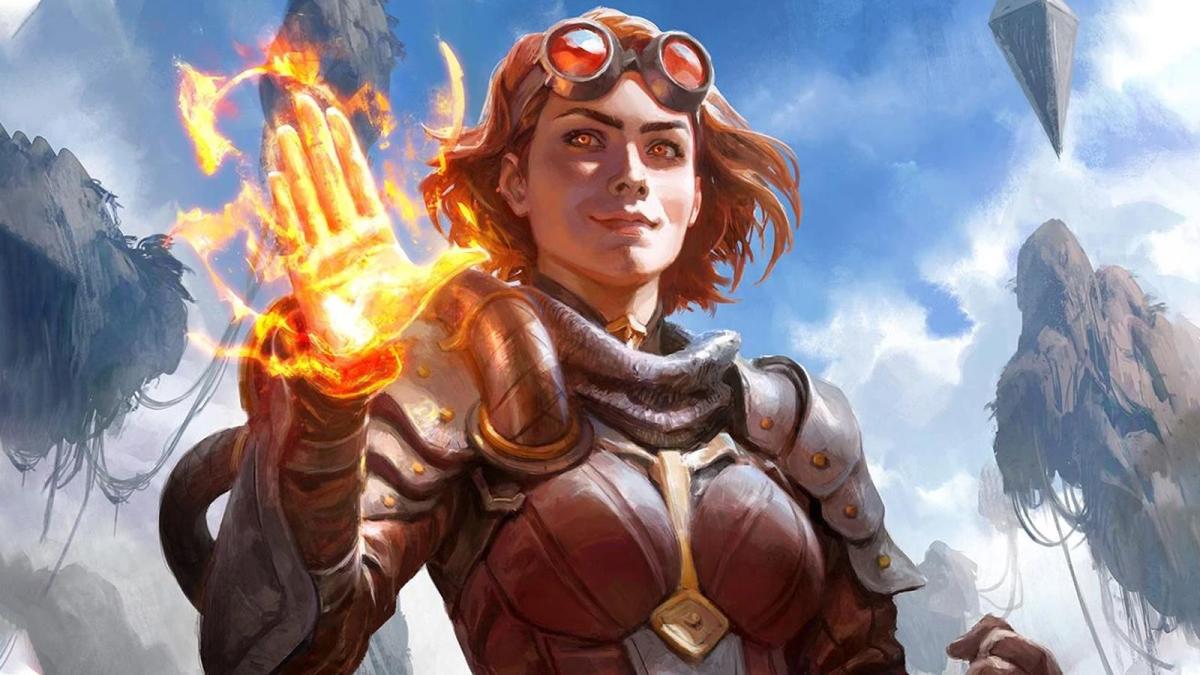

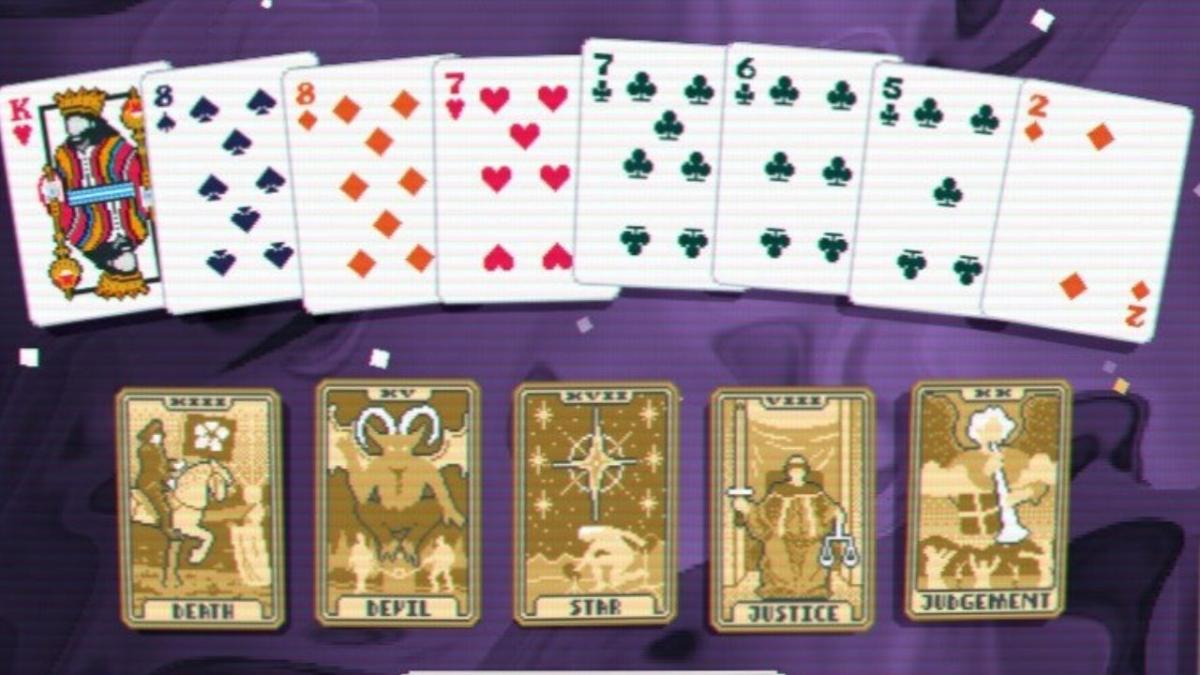

Published: May 30, 2023 12:30 pm